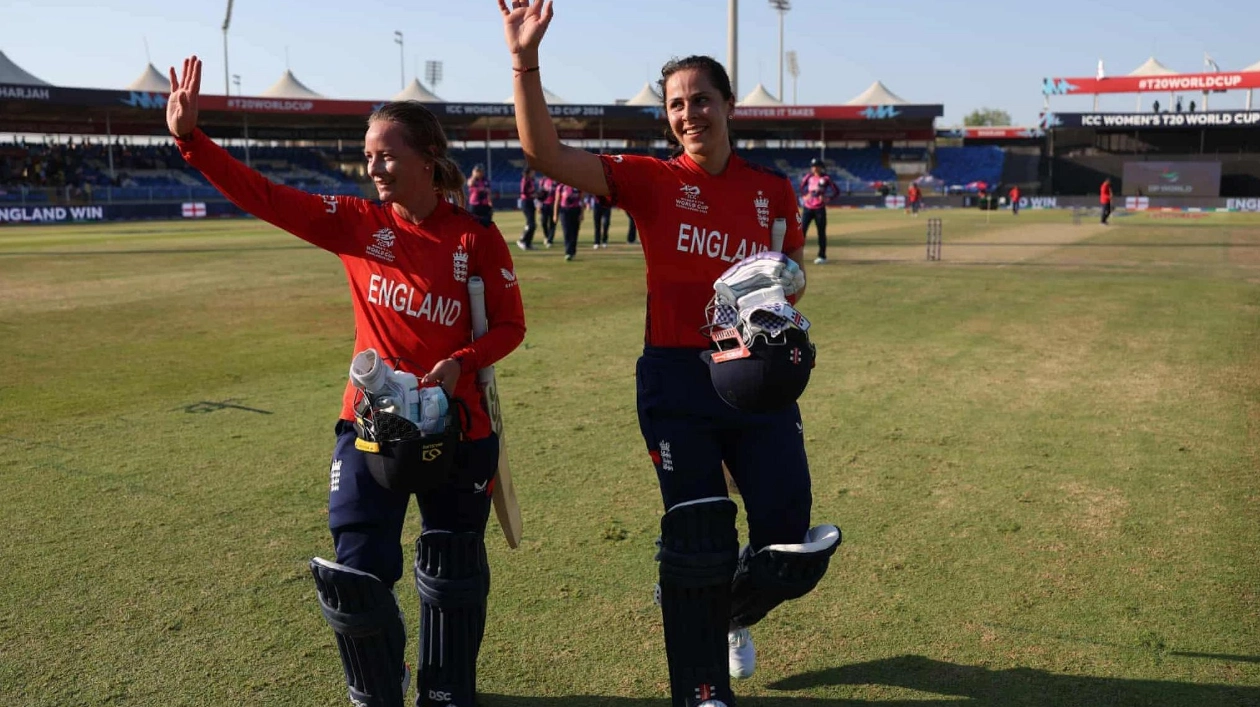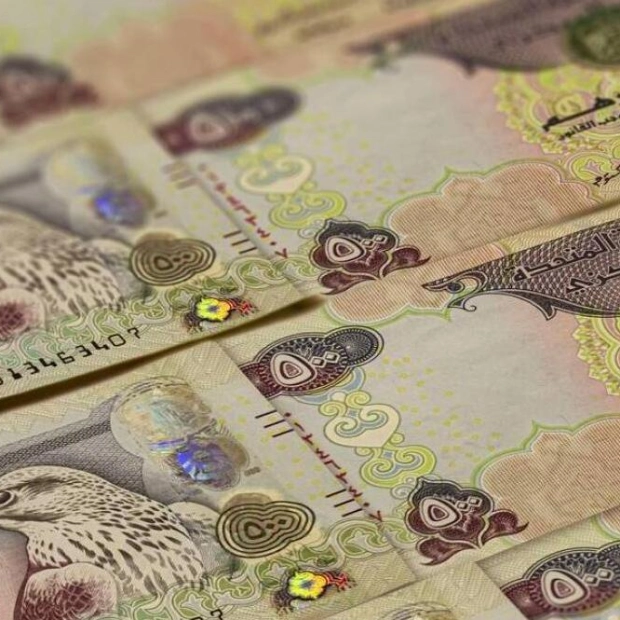Spin to win? Is the UAE truly the spinner's paradise we were led to believe? Five out of the top ten leading wicket-takers in the tournament so far are seamers – including Australia’s Megan Schutt (eight wickets) and Annabel Sutherland (seven). When Australia faced India in a nail-biting finish on Sunday, with India needing 14 runs from the final over, it was Sutherland whom stand-in captain Tahlia McGrath entrusted. The all-rounder displayed remarkable composure, conceding only five runs (while taking two wickets) as Australia held firm.
England has employed a four-pronged spinner strategy, based on the premise that “they all bring something unique,” but so far, they have not taken many wickets. The one concern arising from their 10-wicket victory over Scotland on Sunday was their inability to take a single wicket during the powerplay. England may have secured three wins from three matches, but a lack of penetration could make high-stakes games challenging.
The talk of the infamous “gap” between Australia and the rest narrowing appears to have been premature. In 2018 and 2020, they lost a group-stage match; this time, their perfect 4/4 record shows no signs of faltering. Even during their close encounter with India on Sunday – which Australia won by just nine runs – the momentum never truly swung against the reigning champions.
Australia’s only concern is the foot injury sustained by captain Alyssa Healy while batting against Pakistan. Despite Cricket Australia not ruling her out of the tournament – stating she would “continue to be assessed over the coming days” – she was last seen leaving the Sharjah Cricket Stadium in a moon boot. This Australian side’s strength lies in squad depth – if Healy is deemed unfit for the finals, they may need to rely on it.
This tournament is proving to be a bowler's paradise. Long boundaries and a low, slow pitch at Sharjah have made batting extremely challenging: the average first-innings total is just 122 (compared to an overall average of 140 at all grounds over the past two years). In last year’s World Cup, 57 sixes were hit; so far in this tournament, we have seen only 25. England, who have played all their matches at Sharjah, have comfortably won all three but have only cleared the boundary once.
This style of play is reminiscent of the pre-professional era ten years ago, but in 2024, casual viewers who prefer explosive T20 cricket might have already switched off. Dew has not played a significant role, but the heat has. Surprisingly, dew has yet to influence the game, perhaps because this tournament is being played several weeks earlier than the men’s one. The win percentage is evenly split between teams choosing to bat first (45%) and those opting to bowl (55%).
England’s initial training in rainy Loughborough allowed their bowlers to practice gripping a wet ball. However, the two weeks of pre-tournament heat acclimatization in Abu Dhabi proved crucial. “I wouldn’t have played like that if I hadn’t been in Abu Dhabi for two weeks,” said Maia Bouchier, reflecting on her match-winning 62 not out from 34 balls against Scotland, scored in 40-degree heat at Sharjah. Meanwhile, one unnamed Scotland player reportedly vomited into her own arm mid-innings against Bangladesh, highlighting the physical endurance required in this tournament.
There are actually two Groups of Death. Group A, containing Australia, India, and New Zealand, was dubbed the Group of Death from the outset, so it was no surprise that qualification came down to New Zealand’s clash with Pakistan on Monday. In a twist, India found themselves cheering for Pakistan after earlier losses to New Zealand and Australia left them on the brink of elimination.
The real surprise has been Group B, initially considered straightforward for England. Not so. England has secured three solid wins against Bangladesh, South Africa, and Scotland but still needs to beat West Indies in Group B’s final game on Tuesday to secure a semi-final spot. It promises to be a tense encounter.






